





















Over 100 years since the Halifax Explosion, we are still learning about the people who made an indelible difference to those affected by the tragedy.
One of those people is Dr. Clement Ligoure, a Queen’s University School of Medicine graduate and Halifax’s first Black doctor. After the explosion, he treated hundreds of patients, some with devastating injuries, and all for free.
Dr. Ligoure was born in Trinidad and emigrated to Canada by way of New York to study medicine at Queen’s University. He graduated in 1916, just two years before the school enacted a ban on Black students that would endure until the mid-1960s. He then moved to Halifax, hoping to join the war effort, but was refused entry into the Canadian Armed Forces. He decided to stay in Halifax but needed

help to obtain hospital privileges, so he set up a private clinic, the Amanda Hospital, in his home on North Street, not far from where the Angus L. MacDonald Bridge is today.
Reports filed in the Halifax Disaster Record Office recount that immediately after the explosion, Dr. Ligoure’s hospital filled with patients, some of whom had been turned away from the city hospital despite being severely injured. Under threat of a second explosion, he worked steadily, assisted only by his housekeeper and a Pullman porter who boarded with him. That night, seven people slept on his floor.
As the disaster response continued, Dr. Ligoure worked around the clock for days to help people in his community, sometimes getting only one or two hours of sleep each night. Eventually, after he appealed for a dressing station to be set up in the area, two nurses and some military personnel were dispatched to help him; their work continued until Dec. 28. Records show they assisted almost 200 people per day in the three weeks after the explosion.
In the years that followed, Dr. Ligoure continued to be heavily involved in community life in North-End Halifax, taking over the editing and publication of the Atlantic Advocate, the first
Black newspaper in Nova Scotia. He also recruited widely for the No. 2 Construction Battalion, Canada’s first and only all-black battalion in the First World War. Dr. Ligoure was initially supposed to join the No. 2 Construction Battalion, but as a doctor, he would have to have been commissioned as an Officer, which Canada rejected. Therefore, he instead helped in recruiting.
Dr. Ligoure died in 1922.
Dr. Ligoure’s heroism was brought to light in 2020 by playwright David Woods, who wrote Extraordinary Acts about the experiences of Halifax’s Black community during the explosion.
In 2021, Doctors Nova Scotia awarded Dr. Robert Strang, the province’s Chief Medical Officer of Health, with the inaugural Dr. Clement Ligoure Award in recognition of exemplary service during a medical crisis, for his role in leading Nova Scotians through the COVID-19 pandemic.
The mosT successful fundraising evenTs aT The Base This year included:
• The ndWcc campaign kick-off Pancake Breakfast;
• Two separate Bring your dog to Work day events;

• dress with a difference days, where military personnel wore civilian clothing;
• an oil change and tire swap event organized by Teme (Transport electrical and mechanical engineering);
• The hutchinson heave event, in which units raised ndWcc funds to get the honour of heaving Base commander capt(n) J. Jeffrey hutchinson into the harbour;
• individual units also organized raffles, soup days, bake sales and similar events.


The same factors that dented the efforts of all charitable fundraising across the country did not stop HMCS Vancouver from going above and beyond for the Base’s charitable initiative.
The 240-strong crew raised almost $8,000 for the National Defence Workplace Charitable Campaign (NDWCC) while deployed on Operations Projection and Neon. The Halifaxclass frigate returned from its 173-day deployment to Asia-Pacific on Dec. 5.
“I am absolutely impressed they raised such a large amount of money,” said Matt Carlson Projects Officer at Base Public Affairs and Civilian Team Lead of Esquimalt’s NDWCC. “It shows the ship’s company’s high degree of teamwork and dedication.”
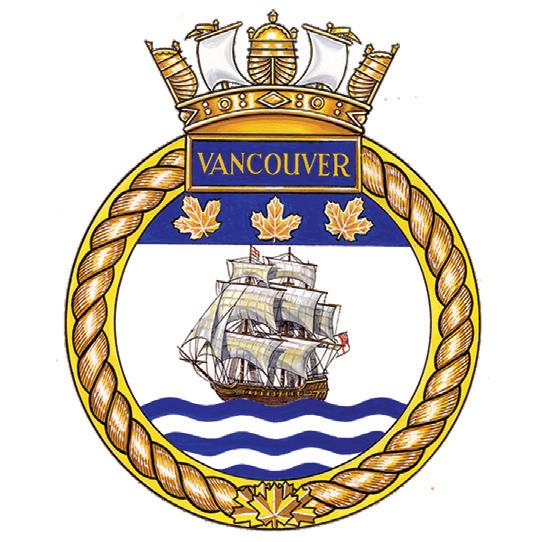
Vancouver’s contribution represents over seven per cent of the total NDWCC monies raised at the Base. The campaign total currently sits at approximately $115,000.

Master Sailor (MS)

Vancouver NDWCC Ambassador, said most of the money was collected in the ship’s final weeks of deployment.
“We started in November [2022] after the operational phase of our deployment was complete,” MS Duhme said. “Our NDWCC team did a great job.”
MS Duhme became NDWCC rep in 2017. He said Vancouver raised a substantial sum because of interactive events with the crew.
The most popular fundraiser was a RAS
(Replenishment at Sea) Music Raffle, where members played music on the ship’s sound system after refuelling operations. Other fun activities included a Rev Pool draw where the crew used the shafts of the ship’s engine to determine a winner, a Chase the Ace card game, and a First Kiss raffle.
Approximately $4,000 of the fundraising sum will go to the ship’s charity Honour House. Honour House is a homeaway-from-home for First Responders, Canadian Armed Forces members and their families undergoing medical treatment in Vancouver.
While most NDWCC fundraising events ended in December, Unit fundraising and personal NDWCC donations can still be made through e-transfers and cash drop-offs to Carlson’s office in Base Public Affairs. Please connect with your NDWCC Unit Rep Ambassador for more information.
The Base Commander’s Office and United Way of Greater Victoria officials will announce the final NDWCC campaign total during a cheque presentation ceremony in March.



Manager
Jazmin Holdway
250-363-3372 Jazmin.Holdway@forces.gc.ca
editor Kate Bandura

250-363-3130 kateryna.bandura@forces.gc.ca


Writer Peter Mallett mallett.peter@cfmws.com
ProdUC tion
teresa Laird
250-363-8033 production@lookoutnewspaper.com
Leslie eaton
250-363-8033 workstation3@lookoutnewspaper.com
aCCoU nt S / reC eP tion trina Winters




advertiSing rePreSentative
Joshua Buck
250-363-3127
778-977-5433 sales@forcesadvertising.com
editoriaL adviSor rodney venis

250-363-7060
Published each Monday, under the authority of Capt(N) J. Jeffrey Hutchinson, Base Commander.
Le LOOKOUT est publié tous les lundis, sous l’égide du Capv J. Jeffrey Hutchinson, Commandant de la Base.
The editor reserves the right to edit, abridge or reject copy or advertising to adhere to policy as outlined in PSP Policy Manual. Views and opinions expressed are not necessarily those of the Department of National Defence.

Le Rédacteur se réserve le droit de modifier, de condenser ou de rejeter les articles, photographies, ou annonces publicitaires pour adhérer au Manuel des politiques des PSP. Les opinions et annonces exprimées dans le journal ne réflètent pas nécéssairement le point de vue du MDN.


Circulation - 2,000 plus 300 pdf downloads per week






Follow us on Facebook, Twitter and Instagram to join our growing social media community.
A Division of Personnel Support Programs
CFB Esquimalt, PO Box 17000 Stn. Forces, Victoria, BC V9A 7N2 Web: www.lookoutnewspaper.com

Fax: 250-363-3015

Canadian Mail Product Sales Agreement 40063331






































Scuttlebutt is a commonly used term with a naval origin. As far back as the 17th century, a scuttled butt was the term for a barrel that had been breached to provide a source of fresh water for the crew. Much like a modern water cooler, rumours and gossip were often shared, and these tidbits of information were referred to as scuttlebutt
In naval vernacular, scuttle refers to a breach, as in the verb scuttle, where a ship’s hull is breached to sink the vessel deliberately. As a noun, scuttle refers to a round opening or ‘window’ in the side of a ship, something customarily referred to as a porthole in non-naval circles. On a warship, a scuttle comes with a battle cover – a metal cover (shade) which may be closed when the order ‘darken ship’ is given. An uncommon term related to a scuttle is the rigol, a raised rim above the outside of a scuttle resembling an eyebrow.




While the term scuttlebutt still finds plenty of uses in a naval context, there is no longer a physical place for it aboard HMC ships. In more modern times, rumours might emanate from anywhere the ship’s company may gather, such as a breezeway, quarterdeck, lounge, or smoking patio. In the past, the galley was where sailors gathered and talked, as smoking was allowed there. The term galley packet originated from this situation. Even today, a galley packet may refer to a juicy rumour,
whether created in the galley or not, i.e., “I heard the juiciest galley packet just now on the quarterdeck”.
Dit can refer to rumours, i.e., “Bloggins has all the best dit”. More explicitly, ‘dit’ can be modified to ‘no sh*t dit’, a rumor confirmed as being true, or ‘bad dit’, a rumour confirmed as false. In a more general military context, rumours can be called buzz The unflattering term white rat might refer to a junior sailor who a senior sailor uses to spread rumours. Rumour Control refers to a fictitious entity in every ship that seems to be involved in scuppering rumours.




Scupper, a term widely used outside the military, can refer to something being thwarted or ruined, i.e., “The weather scuppered Bloggins’ trip to the beach”. The Oxford English Dictionary tells us the term ‘scupper’ originated in the late nineteenth century as military slang, meaning ‘to surprise and exterminate’. In more modern times, it came to mean ‘To defeat, ruin, destroy, or put an end to’.
Often interchanged or confused with the term scuttle, scupper in naval context refers to a deck drain meant to carry water overboard. A scupper is described to neophytes and young sailors as a ‘hole’ in the deck and a scuttle as a hole in the ship’s side.


You will find over 4,000 examples of Jackspeak in my book Jackspeak of the Royal Canadian Navy (2nd ed.).
The author of ‘Jackspeak of the Royal Canadian Navy’ and ‘Whiskey 601’, Mark Nelson developed a love of the Navy's language and lifestyle over his 26-year career in the service. After retiring as a Chief Petty Officer Second Class, he now works as a Library Systems Specialist at Red River College Polytechnic in Winnipeg, Man.
Follow Mark on Twitter @4marknelson

“Rumour Control refers to a fictitious entity in every ship that seems to be involved in scuppering rumours.”
~ Mark Nelson, Chief Petty Officer Second Class (Retired)
HMCS Thiepval, a steadfast trawler that once travelled 10,000 miles in search of oldfashioned adventure as a support vessel for an epic roundthe-world flight attempt, is now a shipwreck of national historical significance and a trendy site for recreational divers.

Thiepval was launched in Montreal, Que., in 1917 and named for the First World War battle of Thiepval Ridge, in which many Canadian troops fought and died. It was designed initially as a fishery patrol vessel for the Dominion Government of Canada but was later modified as a minesweeper before its first commission in the RCN. During its short wartime career, the ship guarded convoys and hunted for U-boats off Newfoundland in response to the increasing threat to merchant ships in the Atlantic from German submarine activity.
In peacetime, Thiepval was transferred to Esquimalt, and served as part of RCN lifesaving winter patrols along the treacherous west coast of Vancouver Island, the so-called ‘graveyard of the Pacific’. Thiepval was damaged by rocks, once near Prince Rupert and later in Gunboat Passage near Bella Bella. On another occasion, it rescued its sister trawler, HMCS Armentieres, that was stuck on a rock in Barkley Sound.
Thiepval also took part in northern patrols off Prince Rupert and worked as a fishery inspection vessel, sometimes stopping and seizing American fishing boats that had ventured too
far into Canadian waters. Another duty was to intercept American rum runners engaged in smuggling alcohol to U.S. markets. In 1921, Thiepval used one of its shipboard guns to fire a warning shot across the bow of the Sylph, a fast U.S. boat that took off after being caught loading liquor from a Canadian supplier while just south of the border with Alaska.
Thiepval’s most incredible seagoing adventure came in 1924. As a support ship to a round-the-world flight bid by Squadron Leader Archibald Stuart-MacLaren, it battled rough seas and weather and desperate shortages of fuel, food, and water. When StuartMacLaren arrived in Russia’s Kamchatka Peninsula on July 24, 1924, Thiepval was waiting at Petropavlosk with vital fuel and spare parts. It had set off from Vancouver Island with 3,100 gallons of aviation fuel in jerry cans and loaded with extra water, coal and other necessary supplies.
It was also tasked with a secret intelligence gathering assignment from the Canadian government – to determine if American and Japanese territories in the North Pacific were being fortified in contravention of naval treaties. It turned out they weren’t.

Through the dense fog, terrible snowstorms and rough seas, the ship had made its way along the Alaska coast to the Aleutian Islands, crossed the Bering Sea and made landfall in Russia’s far east. In the process, Thiepval became the first Canadian warship ever to visit Russia.
From Petropavlovsk and its rendezvous with StuartMacLaren, Thiepval sailed on to Hakodate on the island
of Hokkaido in northern Japan and another historic first: the first Canadian warship to visit Japan. The stopover was a welcome rest for the little grey minesweeper’s exhausted crew. When Thiepval dropped anchor in Hakodate harbour, there wasn’t a drop of fresh water aboard and only enough coal in the bunkers for another hour of steam-powered travel, at best. While resupplying their ship with water, fuel and food after running dangerously low, the ship’s company enjoyed a warm welcome from officials, played football with residents and enjoyed the countryside. At the same time, they waited for news of Stuart-MacLaren’s expedition. They also acquired a couple of unusual souvenirs, a pair of higumas (brown bears) from the northern island. (One of these bears, nicknamed ‘Bruno’ – or sometimes ‘Haca-Daddy’, a version of Hokadate - returned to Esquimalt with them and became a renowned resident of what is now known as the Museum Square at Naden).
Unfortunately, the bid by Stuart-MacLaren to break aviation records failed miserably when his plane was forced to make an emergency landing in the open sea, and a wave smashed a wing tip float of the Viking Vulture amphibian aircraft EBHO. Soon the other float suffered a similar fate, and the aircraft started to break up, ending its epic journey on a desolate Kamchatka beach. It was a sad end to a heroic effort, and those aboard Thiepval were just as downhearted.
Thiepval steamed through the night to reach the crippled plane and hauled its wreckage aboard, sending the bitter news of the flight’s

failure by wireless message to The Times of London before heading home to Canada’s Pacific coast, where it arrived to a very subdued reception at Vancouver, on Aug. 20, 1924. Then it was on to Esquimalt, where the Senior Naval Officer saluted the ship’s Commander, W.R.J. Beech, with a hearty British welcome, “Well played, Sir!” The ship and her company soon returned to their routine duties policing the fishery and attempting to
thwart smugglers and search and rescue duties along the coast.

On Feb. 27, 1930, HMCS
Thiepval ran aground in the Broken Group Islands of Barkley Sound, B.C. Its seagoing career ended on February 29, 1930, after the ship was ordered out on a lifesaving patrol off Bamfield. In the Broken Group islands, there was a sudden shivering crash. For the third, and this time final, occasion in its history, Thiepval hit an uncharted
rock. The ship company was forced to abandon the vessel, which eventually slipped from its rocky ledge and sank. The memory of Thiepval then disappeared for many years until the growing popularity of recreational scuba diving provided a new role as a wreck for exploration.
Now it is inside the boundaries of Pacific Rim National Park, lying at the bottom of the channel that now bears its name.
To learn more about the ships of Canada’s naval forces visit the CFB Esquimalt Naval and Military Museum. Open













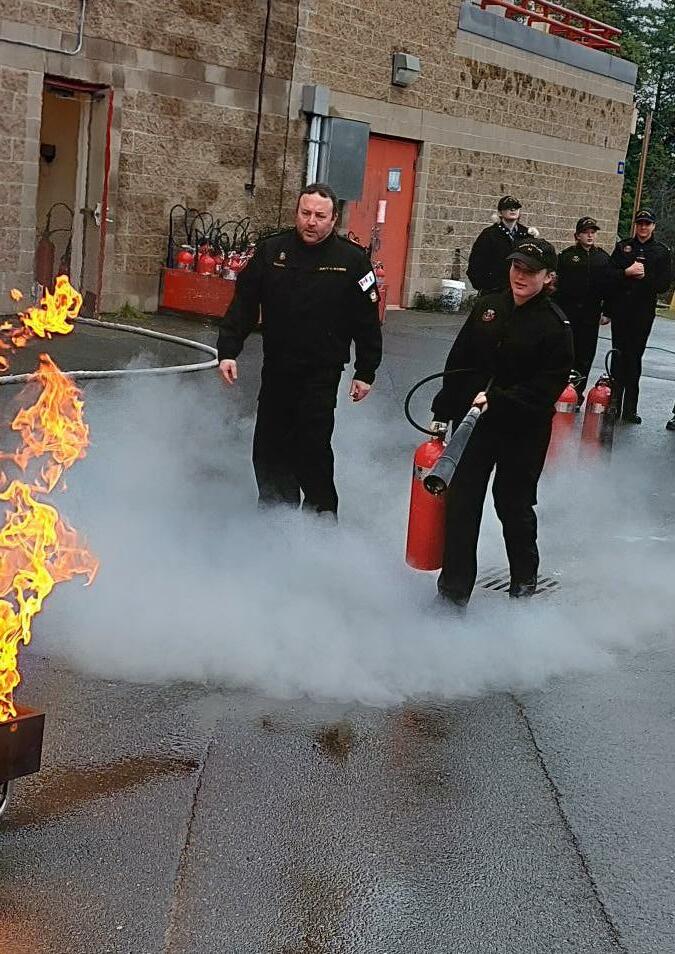
 Peter Mallett Staff Writer
Peter Mallett Staff Writer
The Alpha Bridge simulator at Naval Personnel and Training Group’s (NPTG)
HMCS Venture enticed many ‘oohs’ and ‘aahs’ from young cadets this past week.
Cadet Chief Petty Officer Second Class (C/CPO2) Shelby Pauls from Powell River called her hands-on training with one of Venture’s six Bridge simulators ‘terrific’.
“Learning how to navigate a ship from a bridge simulator was super cool,” she said.
“It was all about learning from mistakes, training to be better and working as a team to overcome obstacles,” she said.
Pauls is the Coxswain of the Royal Canadian Sea Cadet Corps (RCSCC) 64 Malaspina. She is one of twenty-six cadets from RCSCC Malaspina and RCSCC 54 Admiral de Wolf who descended on CFB Esquimalt Jan. 31-Feb. 1 to get an up-close look at life in the Royal Canadian Navy (RCN).
The cadets, ages 12 to 18, and five adult staff members from 64 Malaspina were housed at Work Point barracks for their stay.
On Day One, the group visited the Damage Control Division and Fleet Diving Unit (Pacific) in Colwood and toured HMCS Ottawa and the Orca-Class training vessel Moose of the Patrol Craft Training Unit. The program concluded with Rigid Hulled Inflatable Boat (RHIB) rides at Naval Fleet School’s Seamanship Division in Naden.

Danny O’Regan, Navigation Bridge Simulator Manager, introduced the school’s Alpha Bridge on the second day. He said this was an excellent opportunity to showcase the RCN to an audience that has already demonstrated an interest in the maritime environment.
Pauls said the Bridge simulators at Venture piqued her interest in the RCN. She also said the tour was a valuable experience for her and the rest of the cadets.
C/CPO2 Aidan Parkin is also considering a career in the RCN after the Base visit.
“I really enjoyed my time on the Bridge and seeing all the equipment and technology,” Parkin said. He is interested in becoming a Naval Warfare Officer.
Acting Sub-Lieutenant (A/SLt) Michael Samuels, the cadets’ chaperone and Venture student, said Base tours are critically important to get the cadets and all Canadians interested in RCN career opportunities.
“When I heard a young cadet walk onto the Bridge simulator and exclaim ‘Cool, I want to join the Navy right now’, it made giving tours such as this all worth it,” said A/SLt Samuels. “We try to promote the RCN, get people excited about joining the armed forces and let them know this can be a rewarding career.”
After the Base visit, the cadets received a guided tour of the B.C. Legislative Buildings by Nicholas Simons, Powell River-Sunshine Coast Member of Legislative Assembly.


The Maritime Museum of British Columbia and the Bateman Gallery await approval for their planned house swap.
The museum, currently in a retail space on Douglas Street, is looking to double its floor space by moving to the Canadian Pacific Railway Steamship Terminal (CPRST) on Belleville Street.

Jamie Webb, Maritime Museum President and the Senior Protocol Officer at Maritime Forces Pacific, said the CPRST is an ideal spot for his organization to boost its profile as a more prominent tourist destination.
“As a maritime centre, we need to be on the ocean and we had our eyes on the steamship building for more than a decade,” Webb said.
While the museum looks for a new home, most of its collection is stored at its archive building in Saanich. Webb said a home at the CPRST would finally give the museum a chance to show more of its artifacts.
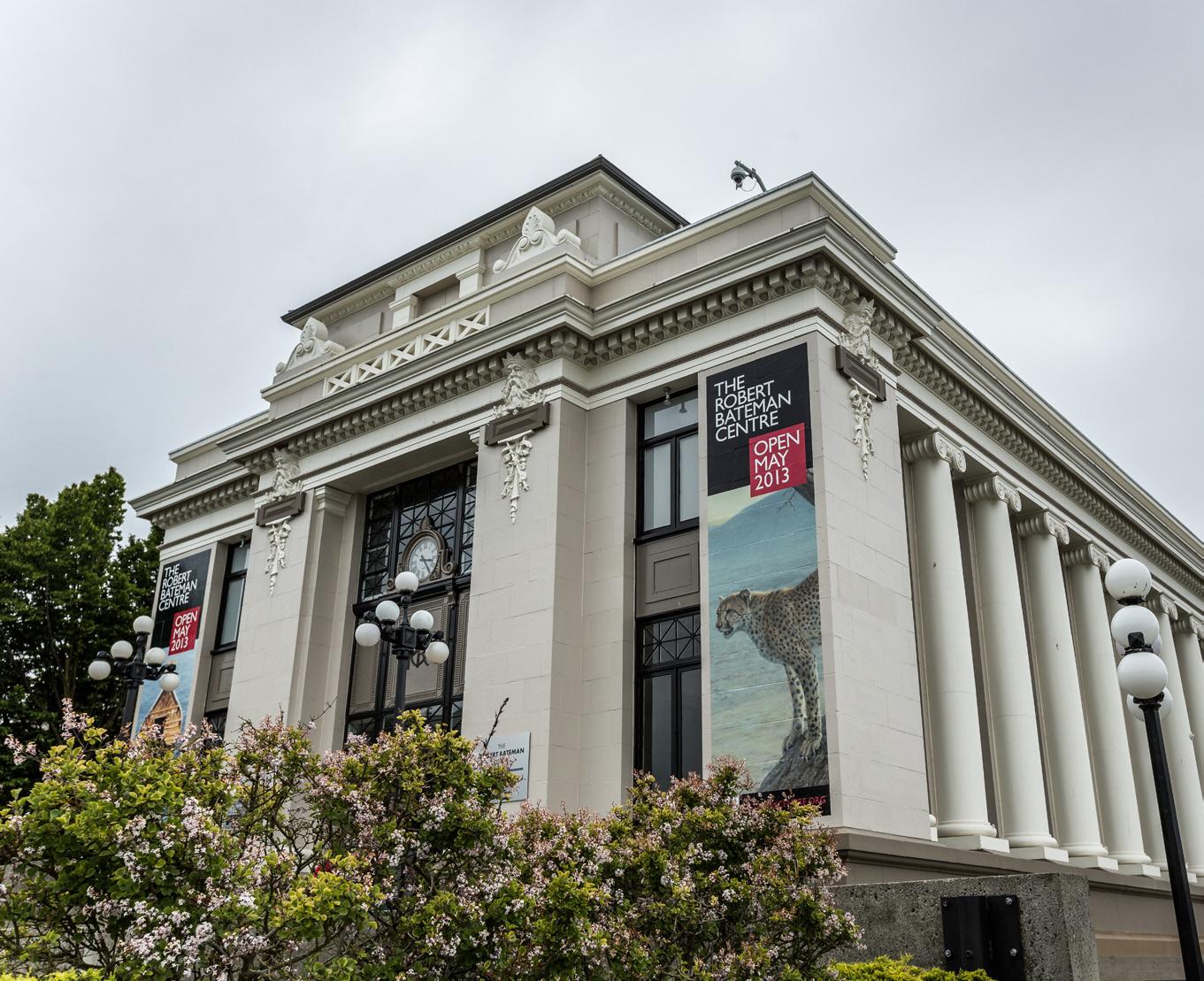
The archive contains approximately 35,000 objects, including model ships; military and naval uniforms; navigation instruments; and one of North America’s largest nautical libraries. The museum also boasts three historic sailboats, which it plans to dock on the water next to its new home.
The Tilikum was converted from a whaling canoe to a three-mast schooner in 1901; the Dorothy, a 30-foot yacht built in 1897, is the oldest sailboat on Canada’s West Coast; and the Trekka, which launched into Victoria Harbour in 1954 and five years later became the smallest vessel to circumnavigate the globe.
The museum, which began in 1955, previously occupied the Lookout Newspaper’s current home on Signal Hill until 1965, when it moved to Bastion Square. Over eight years ago, it left its Bastion Square location and has been searching for a permanent home since.
Before their trade gets a green light, it needs approval from Victoria City Council and the blessing of the Steamship Terminal owners, B.C. Ministry of Transportation.
Webb said the museum is willing to work with the province and can be flexible as the ministry re-builds the Belleville terminal to house the Clipper passenger ferry to Seattle. Some aspects of the ferry operation, such as U.S. Customs administration, will also be housed in the Steamship terminal during renovations.
“The move is an amazing opportunity for us and we eagerly await the support of the Province of B.C. to make this happen,” said Webb.
HereWhen: Feb. 10, 2023 @ 8:00 pm

Where: Farquhar Auditorium at UVIC or watch live at http://bitly.ws/zpYU
Tickets: $26 Regular / $20 Seniors $15 Students & UVic Alumni available online or at the Farquhar Box Office
This will be the Naden Band and UVic’s first performance together since 2019, highlighting cultural themes such as LGBTQ+ rights and the legacy of residential schools.


NowWe will also be performing works written by Canadian female composers specifically for the Naden Band, concerning sexualized violence and misconduct in the Canadian Armed Forces. Our former Commanding Officer and Director of Music, Captain Catherine Norris, will be returning to lead the world premieres of these commissions, including a work by current band member, Petty Officer Second Class Robyn Jutras.

























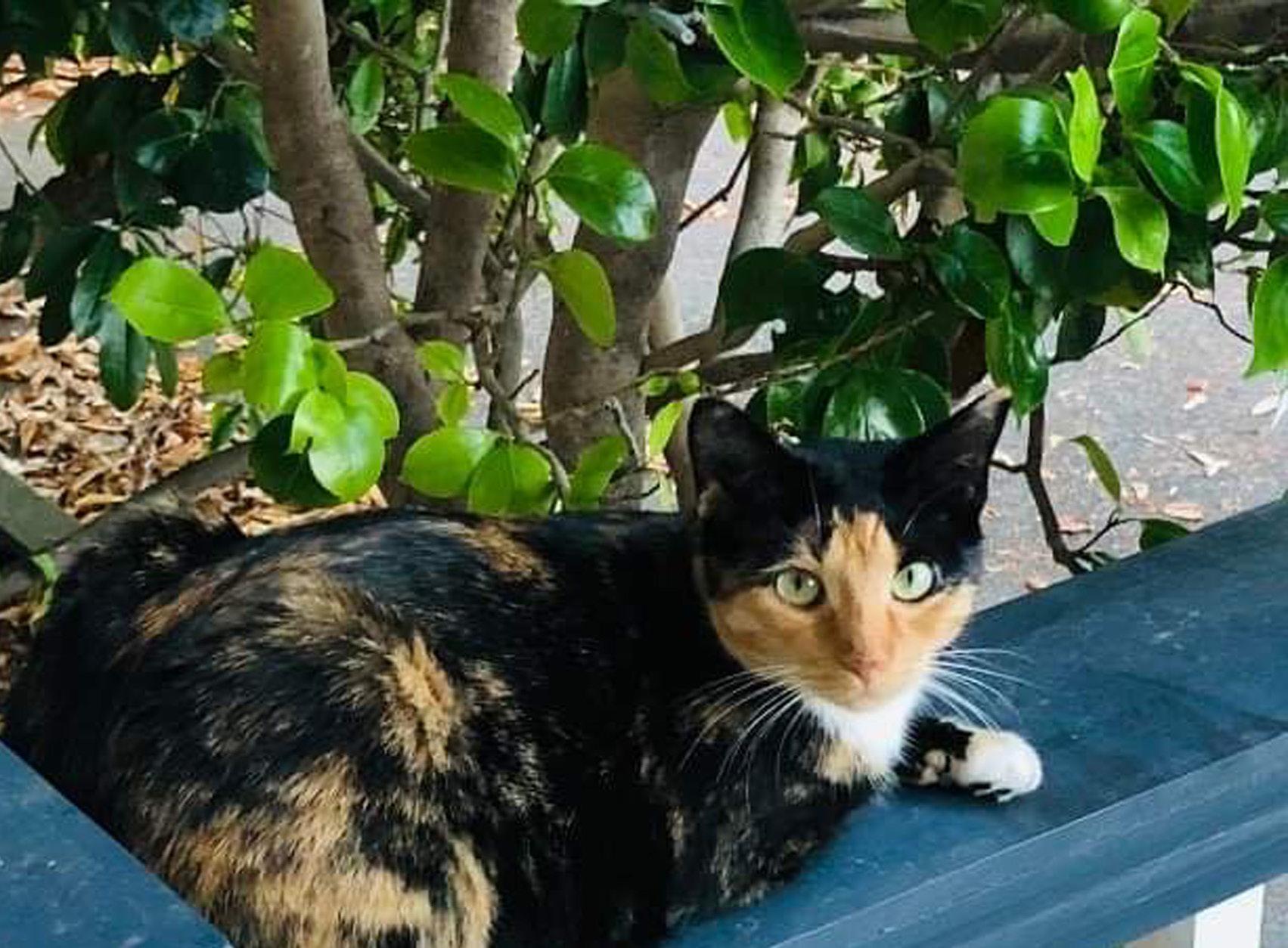



Social Media is widely popular with Canadians and people worldwide, including Department of National Defence (DND) and Canadian Armed Forces (CAF) members and employees. It is a powerful communications tool but is not without risk. Within generally wellunderstood limits, DND/CAF members and employees are entitled to use social media freely. This bulletin will discuss some of those risks and limitations.

Social media blurs the boundary between private and public communication. Communicating on social media seems like a quiet conversation between friends, but it is more like shouting across a crowded room where many others will overhear.
Your audience may include:

a. family, friends, co-workers, managers or supervisors;
b. members of the public not affiliated with the DND or the CAF, news media, potential employers; and
c. criminals, terrorists, and HIS (Hostile Intelligence Services).
There is strong potential for others to aggregate data by following a person or group over several social media platforms. This is an established practice for criminal
enterprise, economic espionage, HIS intelligence gathering, hacking, and private sector organizations for marketing and hiring purposes.
Operations Security (OPSEC) focuses on the protection of open-source material or observable activities.

Some unclassified DND/CAF information is still vital for the security of DND/CAF operations and must be protected appropriately; this is OPSEC. Any unclassified information must only be shared with undergoing routine release procedures. This includes photographs.
Essential Elements of Friendly Information (EEFI) is a significant component of OPSEC and comprises information which could be aggregated together in a way that would compromise OPSEC. EEFI must not be shared on social media.
Some examples include:
a. readiness status of units or critical personnel, equipment;
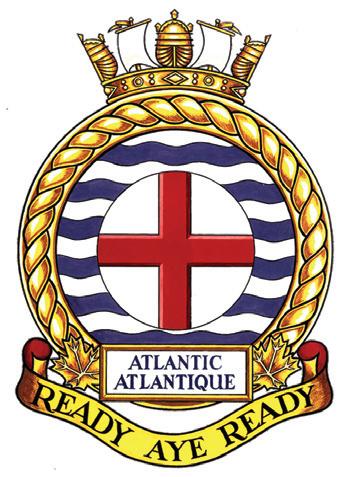
b. maintenance shortfalls and issues; and
c. supply routes or schedules for resupply operations and locations of essential stocks or resources.
Once information is shared on social media, it is removed from DND/CAF control. Social media platforms sometimes take ownership of the data they host. Information shared on social media may compromise the privacy or security of other individuals.
Some relevant “Do’s and Don’ts”:
• do NoT share information that may put others at risk, is sensitive, or may cause people to assume you are an authorized spokesperson;
• do seek approval before releasing information gained as a result of your employment unless it’s already been officially released, AND you can identify the source;
• do NoT share EEFI unless authorized to do so;
• do seek authority to share information if you have any doubts.
Social media presents a considerable security risk since it has become a ubiquitous part of our culture. By applying control measures, that risk is reduced. Take a moment before you click ‘share’ to consider if you should.

As Director General Defence Security (DGDS) and Chief Security Officer (CSO), I have the pleasure of hosting Security Awareness Week (SAW), being held virtually from feb. 6-10
The week will promote sound security practises within the Department of National Defence (DND) and the Canadian Armed Forces (CAF) as part of the overall Government of Canada’s SAW effort while working remotely and on CAF operations. The DND/CAF SAW theme this year is “do Your PartBe Security Smart”.
Whether working from home or the office, we must remember always to stay VIGILaNT. With the release of the DM/CDS Initiating Directive on Transitioning to a Hybrid Workforce to Support Full Business Resumption, and as DND is now formalizing these new ways of working, we understand the continuation of hybrid work will create new challenges in terms of security. It’s an excellent opportunity to rebuild a more robust security culture between DND/CAF employees and our security teams.
The SAW objective for the Department is to encourage ongoing security efforts to strengthen our
security culture. This means energizing employees and members to integrate security into their daily activities. Ensuring proper security measures are in place, understood and followed are essential aspects of the work we accomplish individually and collectively for the Department. The impact is significant – it keeps our soldiers, sailors, and aviators safe on operations at home and abroad.
DGDS will engage employees and members at all levels leading up to, during and post-SAW. We will use our virtual security campaign and various communication products to reach members of the Defence Team in the NCR and also on Bases, Wings and Defence Establishments across the country.
To help make this SAW a success, DND/CAF leaders, Information System Security Officers (ISSO), Unit Security Supervisors (USS), security practitioners, and personnel assigned security functions who wish to promote security in their workplace may obtain products and information from the DGDS intranet toolkit. Also, the Regional Departmental Security Officers (RDSO) remain available to advise your leadership and to facilitate a link to the subject matter experts as necessary.
Every member of DND/CAF plays an essential role in keeping the Defence Team secure through VIGILaNCE!

Some things we can do every day to uphold defence security:
• Store your protected and classified documents appropriately;








• Use your DWAN computer exclusively for work;
• Lock your computer no matter how long you plan to step away from your office;
• Do not plug anything not authorized into your DND/DWAN computer;
• Avoid clicking on links or opening any attachments that seem suspicious;
• Keep your DND/CAF issued IT devices safe by not traveling with them unless authorized; and
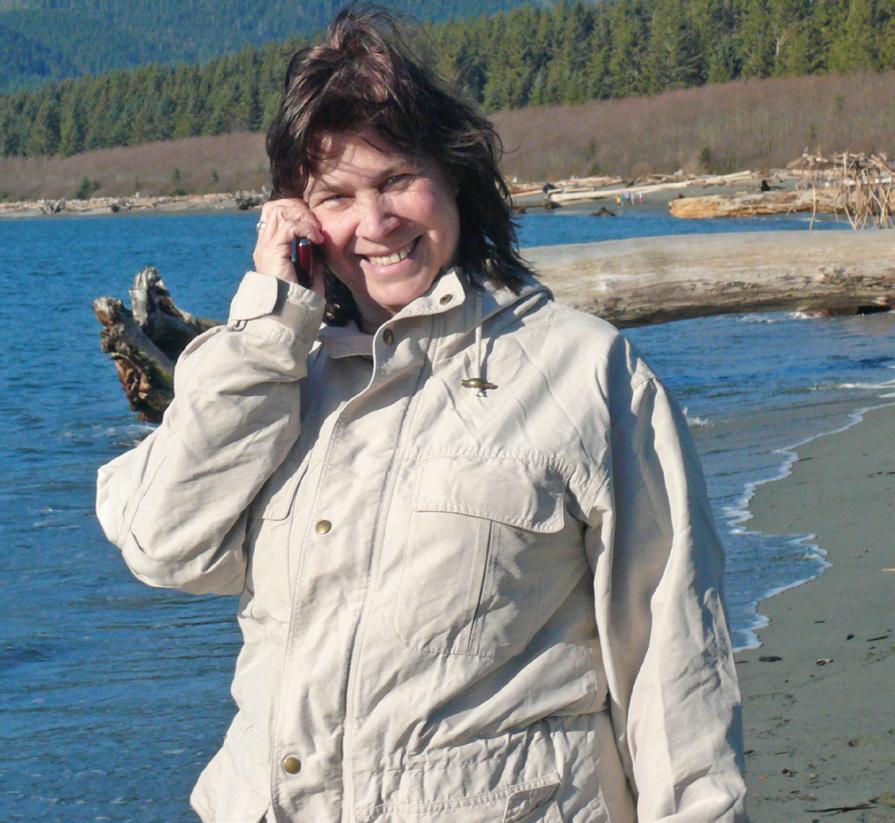


• If you have any security related questions about proper security procedures reach out to your Information Systems Security Officer (ISSO) or your Unit Security Supervisor (USS).

Cook Street Village 1 bedroom corner suite with hardwood floors. Quiet, very clean, well maintained apartment building. Heat and hot water included. No pets. No smoking. One year lease. $1,600 per month. Available March 1, 2023. Call (250) 588 5457. Millstream & Treanor: 1 + Den, $2500/monthly, available immediately. Top floor, corner, south-facing, vaulted ceiling, lots of windows, new in Spring 2022, big kitchen, new SS appliances, in suite laundry, one underground parking stall, storage locker, 757 sq. ft. (plus 108 sq. ft. covered balcony). Non-smoking building. Pets considered (small – max 2), deposit required. Walk to shops, pubs and restaurants and more. 2 minute walk to bus stop. Please contact Jason at japg21@outlook.com or (250) 661-3599.
NEAR CFB Esquimalt – available immediately, $1480/monthly. 450 sq.ft self-contained suite in quiet house, w/ private garden entrance and street parking. Fully furnished, wifi, cable, linens incl. 1 queen bed, full bathroom, kitchen and dining area. One block to base, near amenities and ocean. Weekly laundry and housecleaning incl. To view and contact: http://medicalliterature.net
Near Base – available March 1, $1,850/mo, 2 bedroom, 1 bathroom, 760 square feet. Includes water, one park ing spot and laundry. Located next to Red Barn market. No dogs, cats allowed. No Smoking. Month to month lease. Contact: gvtalavera@yahoo.com or (250) 589-8225 02-27

JOIN



Powell River-based Sunshine Coast Health Centre and the Georgia Strait Womens Clinic provide highly personalized addiction, mental health and trauma treatment for male and female clients respectively. Get daily 1-on-1 inpatient or outpatient treatment tailored to your unique needs.




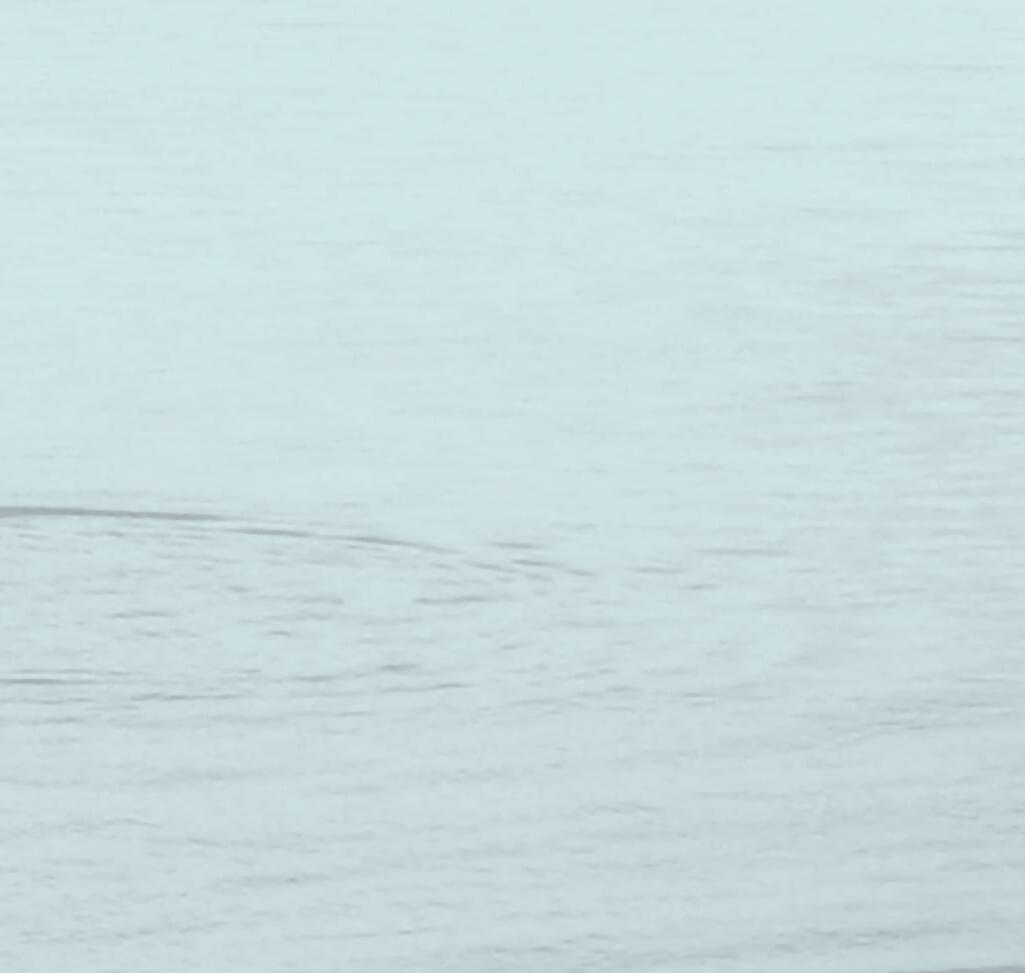
Services include 24 hour-medical service, psychiatric assessment, EMDR, rTMS, psychotherapy, hypnotherapy, a dedicated group for military clients and much more.




Serving the Department of National Defence and Veterans A airs Canada since 2009.

